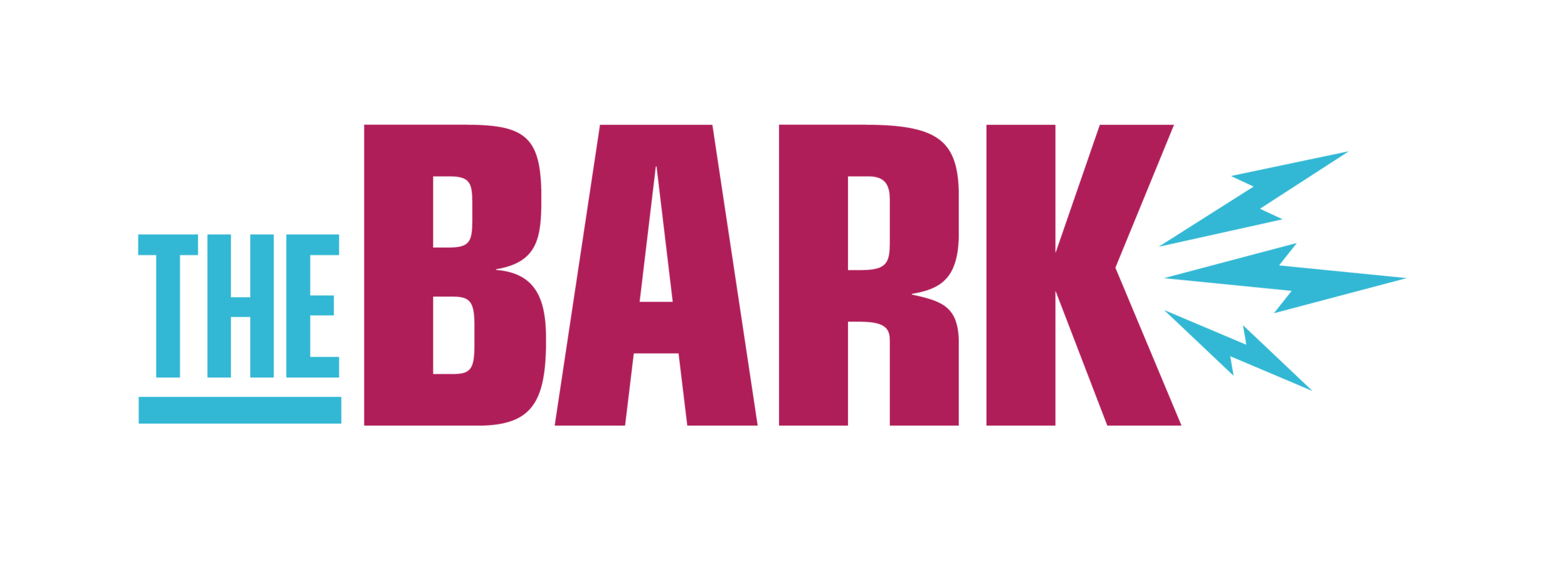UMD’s Multicultural Center: What does community mean to You?
Written by Erik Rosvold | Archived Nov. 3, 2020
This second floor of Kirby student center is the home of The Multicultural Center and Office of Diversity and Inclusion. Photo Courtesy of the KirbyUMD facebook page.
The dictionary definition of “multicultural” is something that incorporates ideas, beliefs and people from many different countries and cultural backgrounds.
Across the U.S., colleges, and universities have created specific locations that provide a safe space for students who may at times feel that they don’t quite fit into the larger, majority culture.
UMD created its own safe space in 1997 when the director of the campus Multicultural Learning Resource Center had a vision to support and promote diversity. Today, UMD’s Multicultural Center hosts 12 organizations that support a variety of students.
“Our mission is to make every student feel that sense of belonging and celebrate our diversity,” said Touyer Moua, a senior at UMD who holds a leadership position on the Board of Public Relations for the Asian Pacific-American Association (APAA). “Overall, just create a safe space where students can come, hang out, do homework, and most importantly, feel at home.”
A couple UMD students get caught up on their studies. UMD didn't see a growth of the ODI until 1998 when a committee was established. Photo Courtesy of 19912_informal_kirby
The MC is a vast, open room with sweeping views of Lake Superior that is filled with cubicles built with moveable walls that allow the space to be reconfigured as the program evolves.
The space was acquired through a plan that added a new library to campus, pushed the food court to the old library location, creating room for what is now called the Multicultural Center (MC), located on the second floor of Kirby Student Center.
But long before the center opened, UMD’s administration needed to look at the most innovative programs around the nation.
This task was put in the hands of the now-director of the Office of Diversity and Inclusion (ODI), Susana Pelayo-Woodward.
“Once they approved the decision for the space and I was assigned to look at the best practices,” Pelayo-Woodward said, “I looked at 25 universities and colleges across the country and found what was working for them and what wasn’t.”
Pelayo-Woodward said that the main focus from the start was to make sure students also had some say in what the space should look like.
“I like the process that we did because we involved students right from the beginning. I feel that it was very grassroots, in which everyone had an input,” Pelayo-Woodward said. “We were able to sit down and discuss: What was the ambition? What would be the goals? What would be the mission?”
Since the official opening in 2004, Pelayo-Woodward and her team have continued to focus on building a welcoming community, establishing a variety of student organizations.
The University requires student organizations to follow these procedures in order to hold a space in the Multicultural center. Image taken from UMD’s ODI and Multicultural policy & procedures.
In order to establish an organization that is housed in the MC, a group needs to follow certain policies and procedures that focus on fostering the goals of the MC: creating an open dialogue and respecting everyone that uses the MC.
Each student organization in the MC is required to have members serve on a leadership council. Touyer Moua is part of the student leadership council and attends bi-weekly meetings and an annual retreat.
“As a member of the council, we provide input, share information and collaborate on events. Most importantly, we support each other,“ Moua said.
What worked in 1997 is what continues to push the growth of the MC. Every year, Pelayo-Woodward and her colleagues look for ways to improve through the voice of the students by asking three broad questions:
What does community means to them?
What atmosphere are you looking for?
What are the main functions of this space?
“The most important part is we want students to know that this space is for everyone,” Pelayo-Woodward said.





